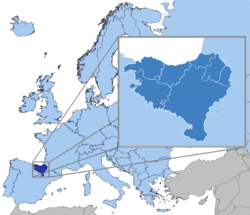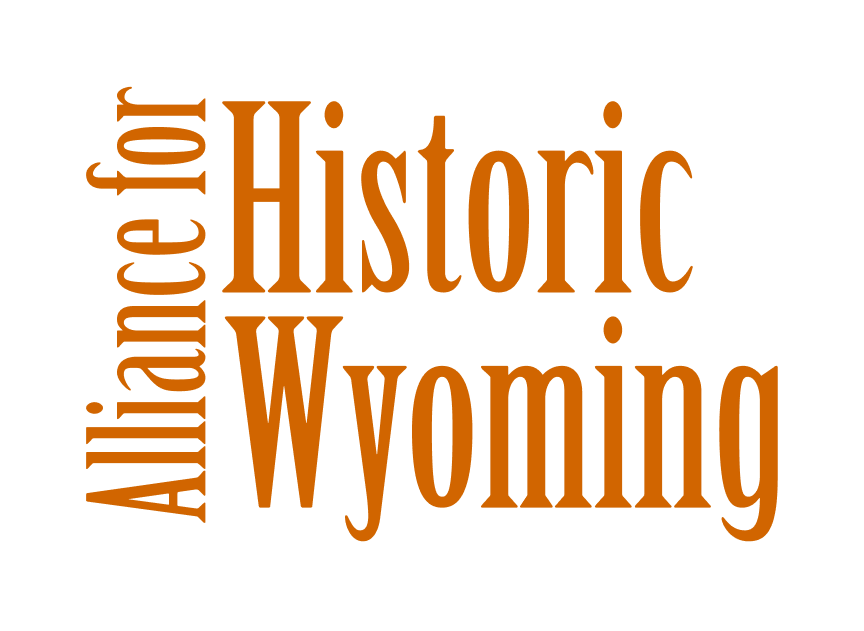By Rine Kasckow, Preservation Programs Assistant
May 16, 2018
 Picture of Basque Country.
Picture of Basque Country.
In Buffalo, Wyoming Jean Esponda left his home in the Basque country, which is a small region between the Pyrenees Mountains and the Bay of Biscay, in 1902 to work for Healey and Patterson Sheep Company in Buffalo, Wyoming. From Esponda’s arrival, the number of Basque sheepherders increased, creating a community within Buffalo. Basque herders led hundreds, even thousands of sheep to the Bighorn National Forest to graze. On these journey’s they fought the elements and dealt with the loneliness of herding the sheep.
http://www.wyomingtalesandtrails.com/sheep2.html
The Big Horn Mountains are an important part of Basque culture and also the town of Buffalo, Wyoming. During the 1940s and 50s when the Basque population was at its highest in Buffalo, there was a need for lodging for the incoming migrants and immigrants. But lodging was limited due to the fact that certain main hotels and boarding houses would not accommodate Basque people. However, in 1950 Madeline and Simone Harriet, who were of Basque heritage, opened the Hotel Idlewild which gave lodging to the Basque community. This building still exists and is part of Buffalo’s Historic District, which was put on the National Register of Historic Places in 1980. The three-story building was built in 1919 with a flat roof with a brick facade. Though it no longer is owned by a Basque family, it remains a constant reminder of the Basque history of the town.
The Basque population in Buffalo is not as big as it was in the mid-twentieth century, nonetheless the families that have stayed in the area and continue to preserve their heritage. Every year the Big Horn Basque club hosts a festival celebrating their clubs anniversary, the event is everything Basque: music, dancers, food, wines, and cheese. There are even still Basque herders, whose ancestors first came to Wyoming in the early twentieth century, who still today make the lonely trek across hundreds of miles with their flock of sheep.
For more information on the Basque community in Wyoming check out these links:
http://www.buffalobulletin.com/article_183485cc-930d-11e7-8303-8304edb3d995.html
http://trib.com/business/wyoming-s-sheep-industry-plagued-by-declines-could-be-poised/article_66852fcd-8bdd-5ffc-b871-e42d77cfab43.html
https://www.wyohistory.org/encyclopedia/wyoming-sheep-business
http://billingsgazette.com/news/state-and-regional/wyoming/basque-sheep-rancher-clings-to-tradition/article_540302f4-eceb-5e1e-b6dc-7d1e572388ba.html
http://trib.com/news/state-and-regional/basques-have-long-wyo-history/article_e96452d0-06ea-5d8d-be17-fc942aab05eb.html
http://www.gariador.com/documents/Wyoming_Sheepherders.pdf
http://bighornbasqueclub.org/
Home Away from Home: A History of Basque Boarding houses By Jeronima Echeverria
A Travel Guide to Basque America: Families, Feasts, and Festivals By Nancy Zubiri
LIKE WHAT YOU JUST READ?
- Browse our archive of Historic Places and Spaces Profiles by clicking here.
- To learn about all of our campaigns and initiatives, click here.
- Subscribe to our newsletter to learn more about what’s going on in Wyoming.
- Donate or become a member to help us produce stories, organize events, and be a voice for preservation across the state.
- Like us on Facebook, and follow us on Twitter and Instagram to see our latest updates!



